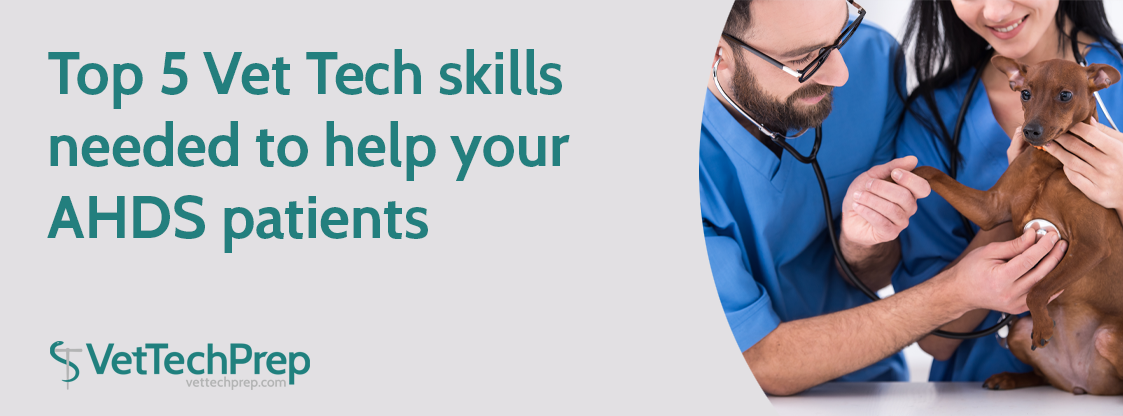AHDS (Acute Hemorrhagic Diarrhea Syndrome) refers to a potentially life threatening gastrointestinal condition that results in symptoms such as vomiting, lethargy and hemorrhagic diarrhea. Even though the term may sound new, it is describing the condition that was previously referred to as HGE (Hemorrhagic Gastroenteritis).
These patients often require hospitalization and supportive care due to the potential for this condition to lead to severe dehydration and potentially hypovolemic shock.
There are a number of critical technical skills needed to help these patients. Check out our top 5 below to make sure you are on top of your game for the next AHDS patient treated at your clinic!
1. Collecting samples for testing
- This includes blood sample collection (often for PCV/TP and full CBC/Chem, +/- PT/PTT), fecal sample collection (for fecal floats and/or smears, parvovirus testing) and possibly urine sample collection (for urinalysis)
- In addition to strong venipuncture and possible cystocentesis skills, it is wise to know exactly which tubes will be needed for the samples and how to run the analyzers
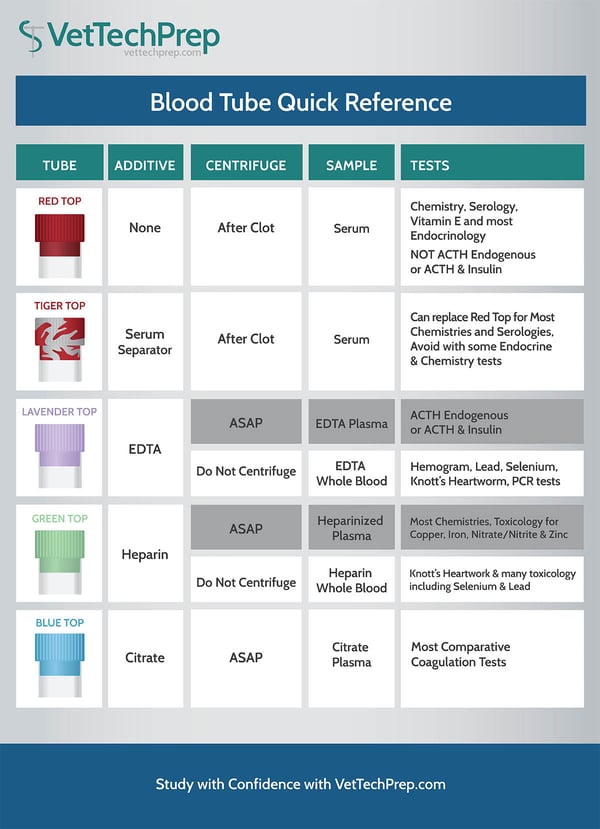
2. Obtaining radiographs
- Abdominal radiographs are often used in screening to rule out other possible differentials that could cause hemorrhagic gastroenteritis
- It is a good idea to make sure you have a strong understanding of how to measure patients, set up the machine and position the patient appropriately for a 3-view abdominal series
3. Placing an IV catheter and administering IV fluid therapy
- Many AHDS patients require aggressive fluid therapy to correct dehydration and prevent hypovolemic shock
- Placing an appropriately sized, patent IV catheter will be absolutely key for these patients. Also, it is equally crucial to make you are administering the correct fluid type at the correct rate so make sure to double check the treatment sheet often and address any alarms on the IV pump
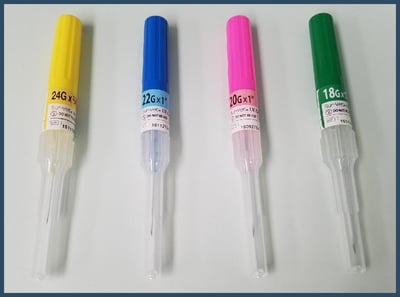
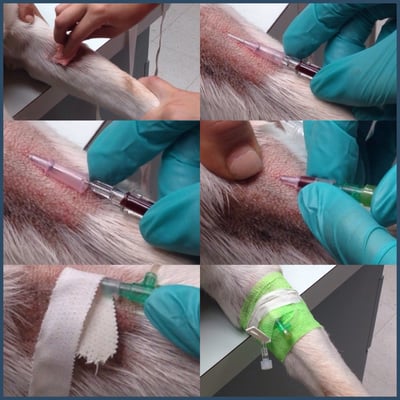
4. Administering injections and other medications
- Many AHDS patients require gastroprotective medications and oftentimes, antibiotics. Always check the dose, route and frequency before administering and ask the Veterinarian if you have any doubts
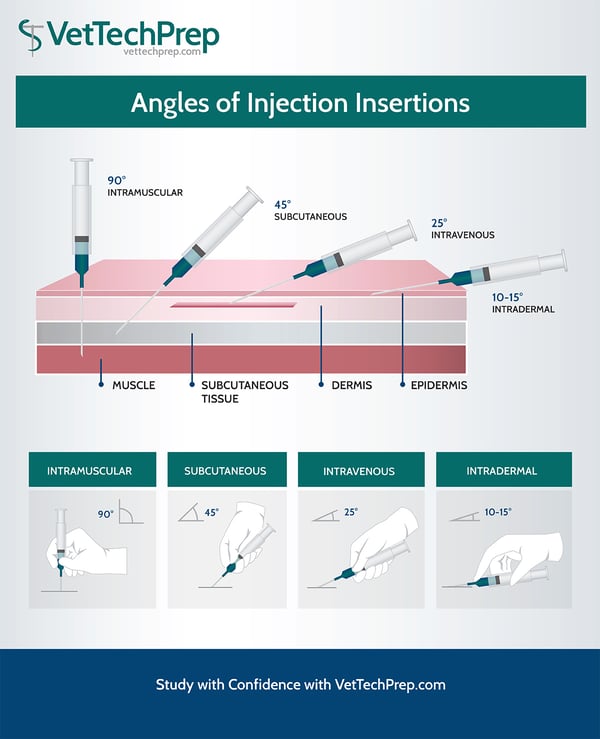
5. Last but not least- patient monitoring!
- It is crucial to feel comfortable monitoring all the parameters listed on the treatment sheet which may include but are not limited to: monitoring vitals,mentation, bowel movements,urination,vomiting or regurgitation episodes and appetite; alert the Veterinarian if any of these are outside the normal range
- Additionally, keep in mind- you may be spending more hands-on time with the patient than anyone else on the veterinary care team so if there are any other symptoms or signs you are worried about, make sure to let the Veterinarian know- they’ll likely be very glad you did!




